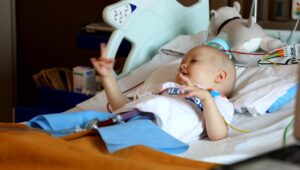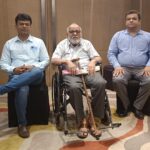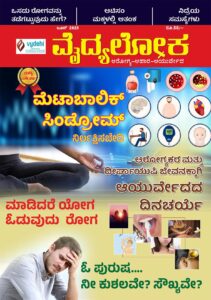MGM Healthcare performs Biventricular Berlin Heart Implantation on 3-year-old-Russian boy. This is first artificial heart implantation in South East Asia and Middle East & Africa. Virtual collaborative effort with engineering support from teams from UK and Germany and the surgical team in India saved the life of the Russian boy over a 7-hour long surgery.
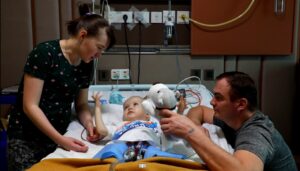

The first of its kind, Berlin Heart Implantation was performed over a 7-hour long marathon surgery in collaboration with engineering support teams from UK and Germany guided by state-of-the-art virtual technology due to travel restrictions imposed by the COVID-19 crisis. Baby Lev Fedorenko suffered from a heart condition called restrictive cardiomyopathy wherein the walls of the lower chambers of the heart, called the ventricles, are too rigid to expand and receive any blood.
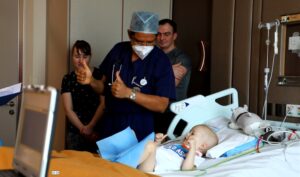

Implantation of the “Berlin Heart” in a little child was always going to be a mammoth task. It was a challenge to fit the cannula needed for the pump inside the small chest cavity of this child. The surgery was also complicated by the fact that it was performed amidst a period of complete lockdown in the city of Chennai, at the height of COVID 19 pandemic. Additionally, managing anesthesia and surgery in such a small child wearing the mandatory personal protection equipment warranted the best of clinical expertise. Experts from multiple backgrounds and countries joined via tele-conference to support the team in Chennai, notwithstanding the physical barriers imposed by COVID-19.


This complex surgical biventricular heart implantation is the first such implant in South Asia, South East Asia and among the few in the whole of Asia stretching from the Middle East to Far East. This is also the first recorded time in the world, that this complex procedure has been done with complete virtual support. Commenting on the treatment, Dr. K. R. Balakrishnan said,“this was a huge challenge, given the prevailing circumstances. Berlin Heart will support the circulation of this child till the heart recovers or he gets a transplant. Post implant, Lev Fedorenkowas kept under observation for a few weeks. The child has recovered remarkably well and has gained weight in a very short time and has been discharged from the ICU. He is doing absolutely fine now,” added Dr. Balakrishnan.
Speaking on Berlin Heart procedure Co-Director – Institute of Heart and Lung Transplant & Mechanical Circulatory Support and HOD – Cardiac Anaesthesia, Dr Suresh Rao said “Newborns with heart failure or children suffering from severe heart insufficiency don’t really have much of a choice. A heart transplant most of the time is the only survival possibility. The problem the doctors are facing, is that there is hardly a chance to keep their patient’s condition stable until heart transplant becomes possible. Waiting times are much too long until donor hearts become available. The demand for life-saving heart assist devices, which could bridge the time by mechanically supporting the heart function, is enormous.”
The Berlin Heart VAD consists of a plastic pump or chamber which is outside of the body. It has a blood-filled side and an air-filled side, separated by a flexible membrane. The blood-filled side of the pump is connected directly to the child’s own heart and main artery by means of two tubes or ‘cannulae’. The air-filled side of the pump is connected via a long plastic tube or ‘driveline’ to a driving unit.The driving unit of a Berlin Heart drives air into and out of the heart pump(s). As air is pulled out of the pump, the membrane separating the two sides of the pump is drawn back, pulling blood into the pump from the main pumping chamber of the child’s own heart.
